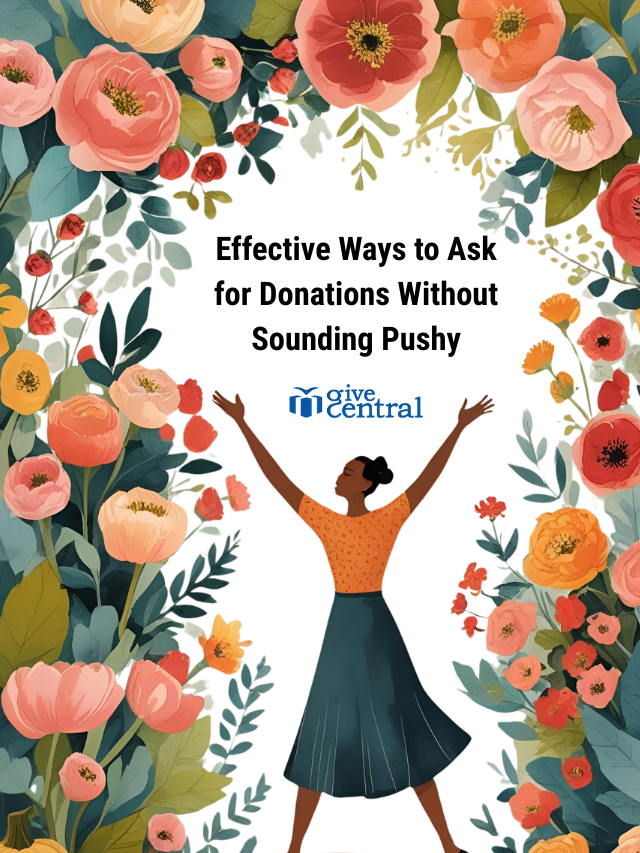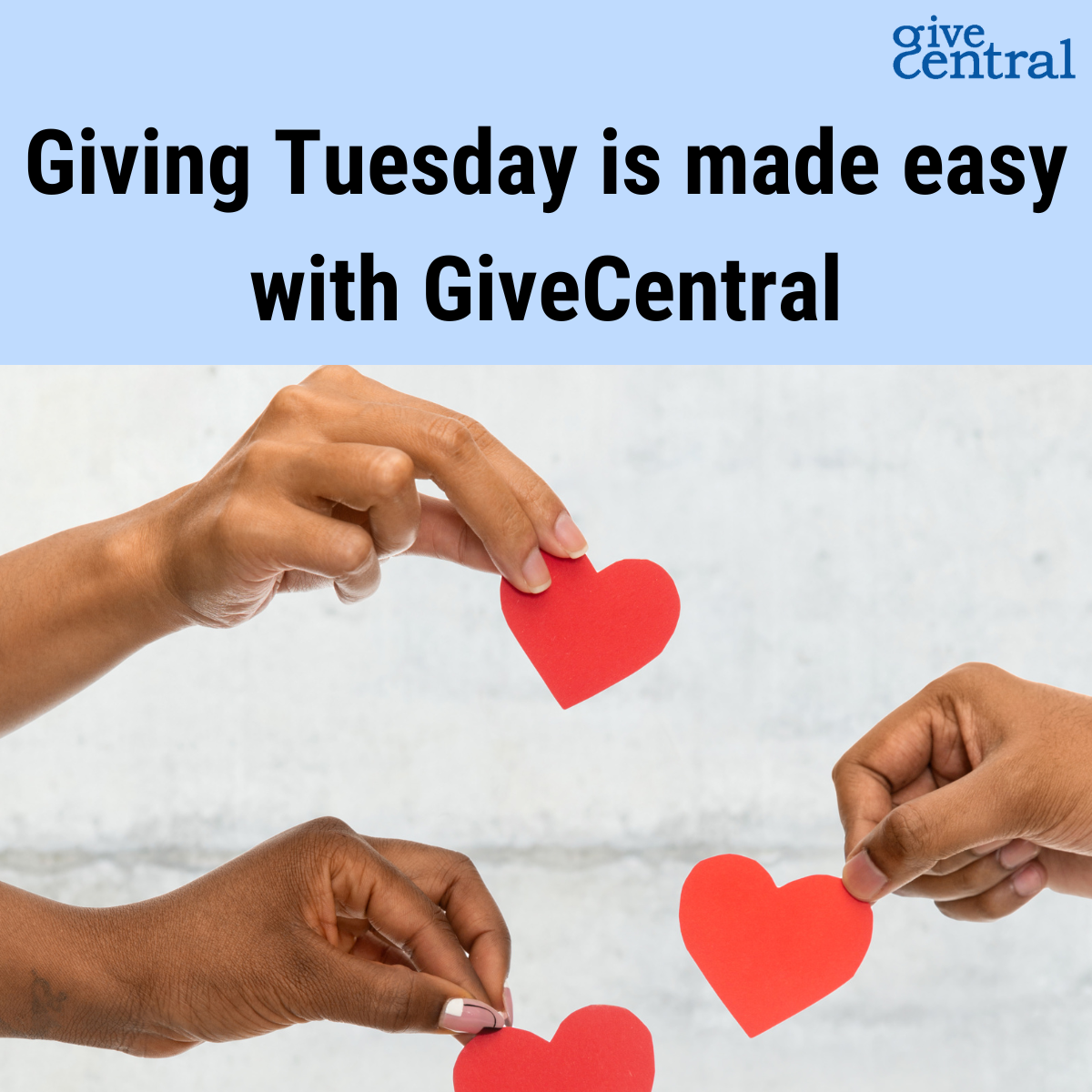Communicating with donors is an art. To help you, we have prepared a list of effective donor communication tips for nonprofits to up your fundraising game.
You do not have a communication plan
“Failing to plan is planning to fail.” Developing a communication plan consistent with the purpose of your nonprofit and its human and financial resources is one of the success factors of your communication campaign with your donors. It is not a question of embarking on a gas plant but of planning actions and communication tools for your donors:
- Newsletters
- Events
- Calls for donations
You do not know your donors
Take a moment to define the characteristics of your main donors (age, location, etc.) to adapt your message.
You neglect your website
Many websites for nonprofits do not go further than their homepage. Your website is the showcase to which your future members and potential donors will look for information. This could be due to a lack of financial resources or in-house skills, but making websites is getting easier these days
You only talk about fundraising
Before giving their money, donors want to understand who is behind the project, what is the impact of your mission and how dedicated you are to a particular cause.
Rather than communicating regularly on donations, instill confidence by communicating as much as possible about success stories, and testimonials from recipients or volunteers.
You spam your donors
Informing your donors about your missions is essential, spamming them by sending too many messages can be unpleasant. Hence the importance of writing a good communication plan and finding the right frequency to reach out to them can result in better engagement and a higher rate of conversion.
You are investing in expensive communication media without planning
It is important to be attentive to the quality of your communication media, however, beware of the risk of wanting to do too much! A 40-page report printed on glossy paper may be perceived asan unnecessary expense by your donors. Plan or evenly distribute your budgets and always consider returns on investment (ROI). All your budget can not go into your communication media, stay simple!
You have a virtual relationship with your donors
Internet and all the tools of the web revolutionize the way we communicate and for a nonprofit social media and other communication tools present great opportunities. But sometimes, that is not enough to build lasting trust with your donors.
Organize events and meetings to develop face-to-face contact. Give them opportunities to participate directly. Donations don’t necessarily mean money, some of the donors would want to donate time, and skill, and hold workshops. Think diverse. Think what difference a face-to-face interaction can create.
You forget to thank me!
Last but not least. Thank your donors! With a beautiful card, a sincere email, or a handwritten letter, and thank your donors often. If you feel you are short on resources, you can again add this to your calendar after major giving seasons. You could also automate the process and send out a vote of thanks for every donation successfully received. Email tokens are a great way of doing this.
And what is your experience in communicating with your donors?
Donor Communication donor experience fundraising thank your donors tips
Last modified: February 6, 2025




















zNSFBWgeo
Профессиональные seo https://seo-optimizaciya-kazan.ru услуги для максимизации онлайн-видимости вашего бизнеса. Наши эксперты проведут глубокий анализ сайта, оптимизируют контент и структуру, улучшат технические аспекты и разработают индивидуальные стратегии продвижения.
Welcome to our official site! Get to know the history, players and latest news of Inter Miami Football Club https://inter-miami.com.az. Discover with us the successes and great performances of America’s newest and most exciting soccer club.
Lionel Messi https://intermiami.lionel-messi-cz.com, one of the best football players of all time, moves to Inter Miami” and changes the face of North American football.
Latest news from the world of boxing https://boks-uz.com, achievements of Resul Abbasov, Tyson Fury’s fights and much more. Everything Boxing Ambassador has.
Pedri’s story https://barcelona.pedri-fr.com from his youth in the Canary Islands to becoming a world-class star in Barcelona, ??with international success and recognition.
A fascinating story about Brazilian veteran Thiago Silva’s https://chelsea.thiago-silva.net difficult path to the top of European football as part of Chelsea London.